You Can’t Say That… Or Can You?
Sam Richards (left) and Laurie Mulvey (right).
March 24, 2017
On Wednesday morning California University of Pennsylvania hosted two professors from Penn State University to facilitate discussion on race and ethnicity as a part of a program that is starting up in the coming fall semester.
The talk titled “You Can’t Say That…Or Can You?” drew in a large crowd at 10 a.m. in Morgan Hall Auditorium as students, faculty and staff awaited Sam Richards and Laurie Mulvey’s discussion.
The office of the university president, as well as the office of the provost, the women’s studies program, the Serene Leadership Institute, the department of social work, the Frederick Douglass Institute and the office of multicultural affairs and diversity education all sponsored this event.
In the fall, there are hopes to introduce a program where students will be trained in facilitating discussions much like the one’s Richards and Mulvey have based their careers around.
Students interested in this opportunity were asked to sign up to be contacted later. Students chosen for this program will travel to the Penn State main campus on April 15 for training and then in the fall will begin the program that seeks to aid in issues of diversity on the Cal U campus.
Bruce Barnhart, the university provost, introduced Richards and Mulvey, speaking about their 20 years of experience in creating dialogues that challenge ideas.
“Sam Richards, and his wife Dr. Mulvey, have been called the parents of radical empathy,” said Barnhart.
Dr. Marta McClintock-Comeaux, the women’s studies program director, spoke briefly after Barnhart to further introduce Richards and Mulvey. McClintock-Comeaux was among many people involved in planning this presentation and the future programming that will follow it.
“I think you’re going to be very glad you’re here today,” said McClintock-Comeaux.
McClintock-Comeaux said that she hopes the students, faculty and staff that were in attendance will walk away “thinking about issues you thought about before but in a new way.”
Richards and Mulvey dove right into speaking after McClintock-Comeaux. They began by giving context to what it is they do.
“Dialogue is a really deep pedagogical tool that we don’t really use,” said Mulvey.
Mulvey continued saying that talking with other people can create change in ourselves, others and the world around us. Richards said that race relations are a place of complexity and “many mirrors” which the pair proved during the bulk of their presentation.
Richards and Mulvey used the movement of Black Lives Matter in comparison to the movement, Blue Lives Matter that was a direct response to the former.
“In a room like this, everyone’s got to be challenged,” said Richards. “We are going to provoke, we are going to raise questions.”
The pair then displayed statistics from various sources such as United States census data and The Washington Post that look at both sides.
Richards and Mulvey had data pertaining to the number of cops killed in the line of duty, and a breakdown of perpetrators of these deaths races, as well as other statistics behind that.
Richards and Mulvey also provided data pertaining to African-Americans killed by police. They asked questions about the data, wanting the audience to think to themselves to see if the data presented about police officer deaths compared to deaths of African-Americans killed by the police made sense.
The pair then went on to mention Zachary Hammond, 20, from South Carolina who had been shot and killed during a drug sale of “only an eighth of marijuana.”
Richards told the story of a friend of his that propelled much of the Black Lives Matter movement and wanted to protest the death of Hammond, and after receiving much support from people across the nation, the family then decided not to follow through with the protests.
“They had this whole movement saying this isn’t about black people,” said Richards. “This goes beyond black people. But white people sit back. People make it news when people insist they make it news.”
“There is so much to learn,” said Mulvey. “There is so much to understand, there is so much to unpack.”
Mulvey said that she hopes the audience saw that there are so many dimensions of the conflict between blue lives matter, black lives matter, white lives matter and all lives matter.
“To take a position without traveling down all of those roads, it’s really missing out on most of what’s real,” said Mulvey.
Mulvey continued, saying that when we come together with all of our different positions on issues, different histories, and different experiences that “you can’t be the same. When you and I come together and talk about our lives, and you really listen to me, and I really listen to you, we walk away different. It really just expands us.”

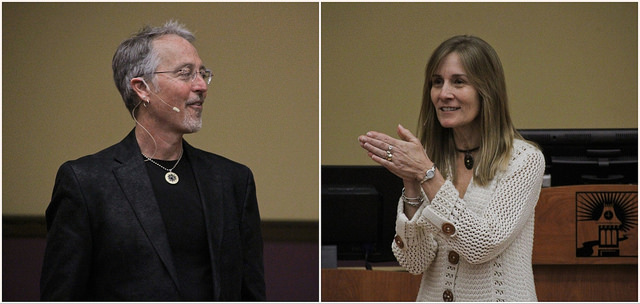
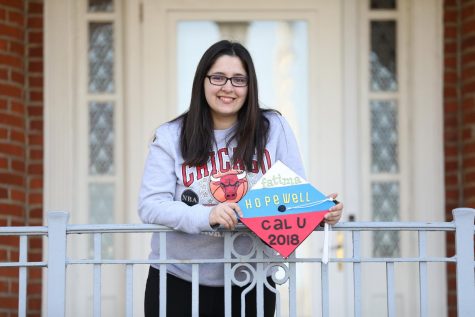
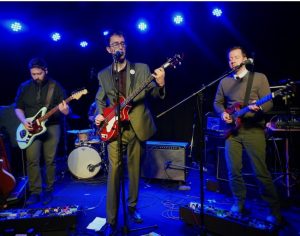

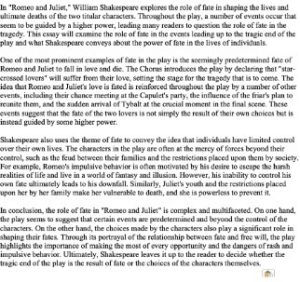

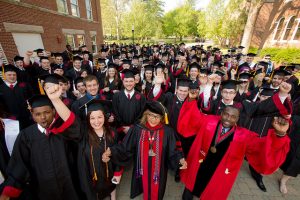
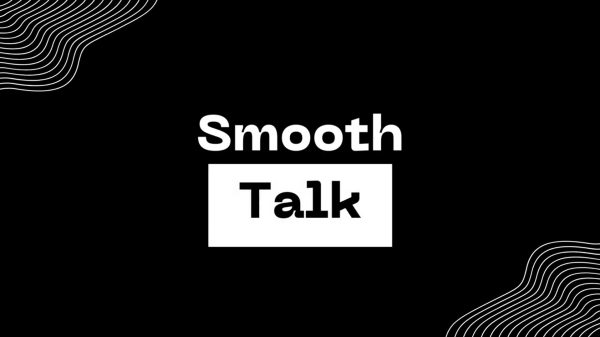
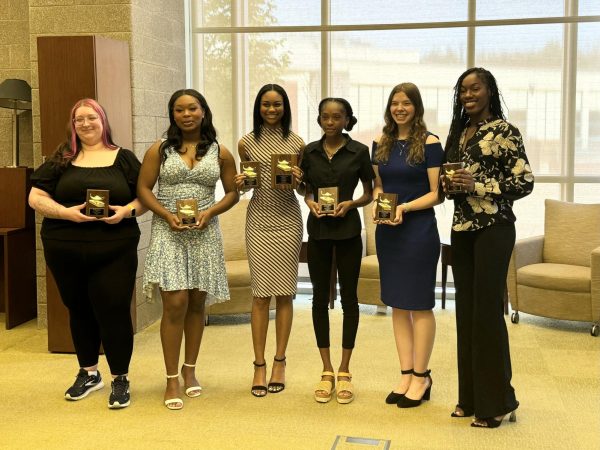
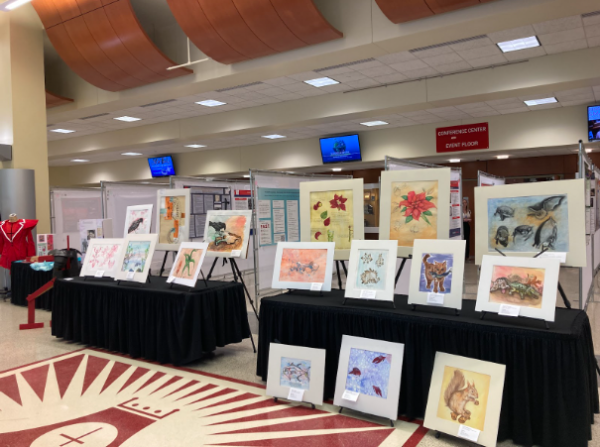

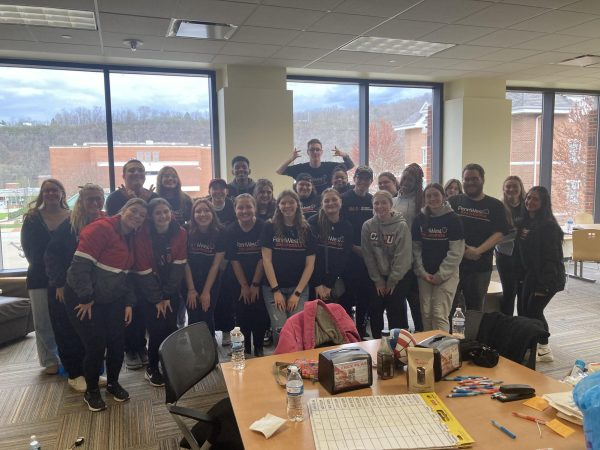
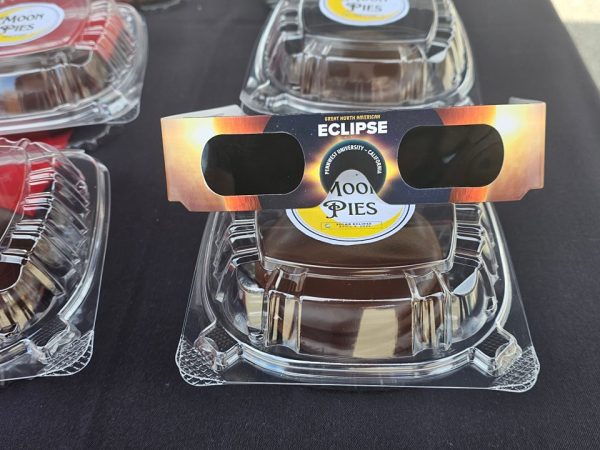
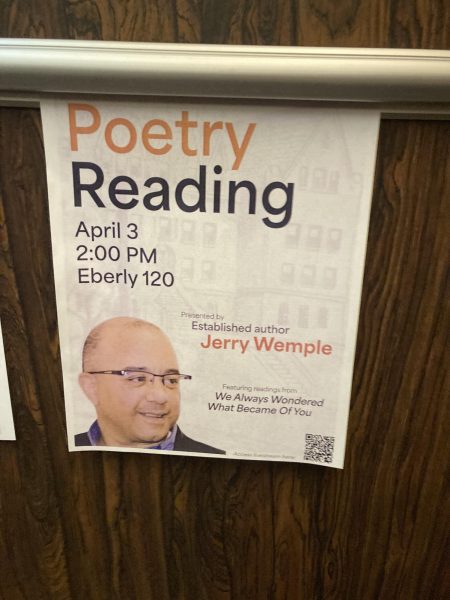
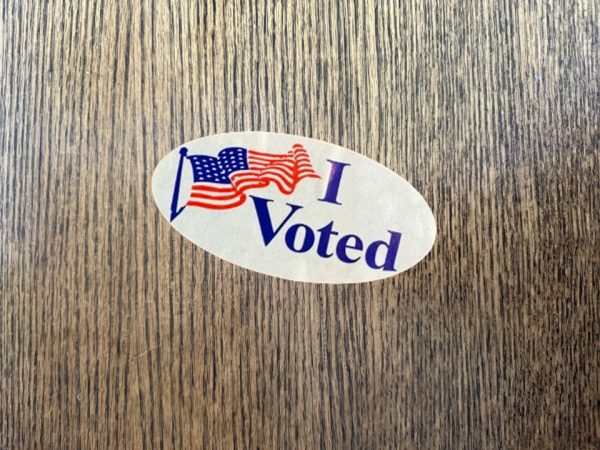


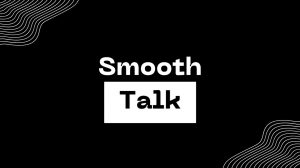
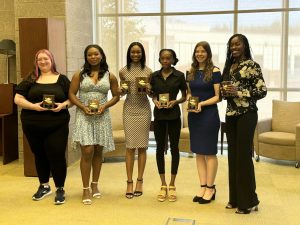
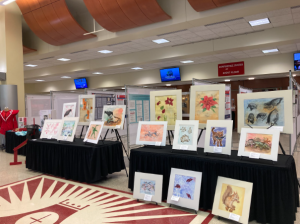



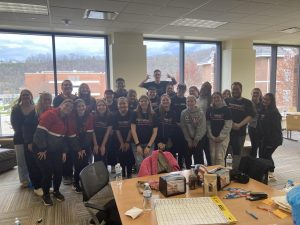
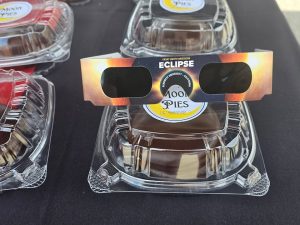
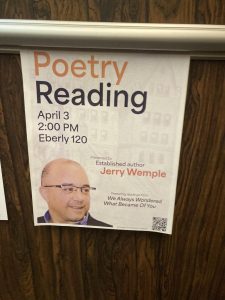
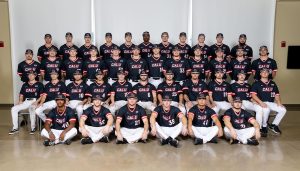
Gerald lynn • Mar 29, 2017 at 8:06 pm
Most boring 3 hrs of my life.